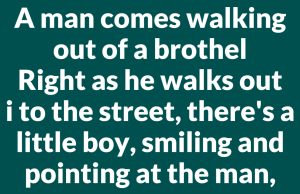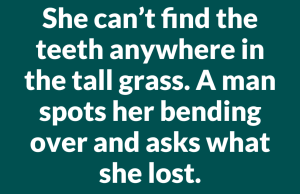Could you tell if someone was having a stroke? Being able to spot the early warning signs could make all the difference for you or a loved one.

What is a Stroke?
A stroke happens when the blood supply to the brain is interrupted. In about 80% of cases, this happens because of a blood clot or blocked artery. Strokes can also happen if the blood vessel itself is damaged. Without a good blood supply, the brain cells don’t get the oxygen they need to function. If the supply is interrupted for long enough, the brain cells will díє.
The effects of a stroke will depend on how long the interruption is. A mini-stroke or transient ischemic attack (TIA) happens when the blood vessel is just temporarily blocked. The symptoms can go away within minutes as the blood supply returns and there might not be much permanent damage to the brain cells. A TIA can be a sign that a more serious stroke is on the way, so it is important to take them seriously and to seek help, even if the symptoms go away by themselves. About 4 in 10 people who have a TIA will go on to have a stroke.
A major stroke can cause very serious symptoms, including long term problems because of the damage to the brain cells. A stroke could even be fatal if you aren’t able to get help quickly. Most patients experience symptoms of a stroke 24 hours before it occurs, and the faster it is treated, the longer term problems can be prevented.
How to Spot the Early Warning Signs?
1. High blood pressure
Many people have high blood pressure but don’t show signs, but high blood pressure can lead to stroke by destroying and weakening blood vessels in the brain. High blood pressure can also cause blood clots to form in the arteries leading to the brain, block blood flow, and cause stroke.
2. Stiff neck
Many people suffering from stroke reported that they experienced unbearable pain in the head, which can cause pain even between the eyes and the neck becomes stiff.
3. Confusion
If you find it difficult to speak or understand words, it may be a sign that blood does not reach the part of the brain that controls the language and a blood clot begins to form.
4. Extreme headache
We all suffer headaches from time to time and there is usually nothing to worry about.
But if you suddenly feel an unbearable headache you’ve never experienced before, then go to the nearest emergency room.
5. Paralysis
If one side of your body does not respond, it may be a sign of a stroke. If you can not lift limbs on one side of the body, it’s a clear sign that you have to be tested.
6. Vision problems
Sudden visual impairment in one or both eyes can be a sign of stroke. A stroke can reduce vision in one or two eyes or cause double vision.
7. Difficulty walking
Loss of coordination and balance or difficulty walking can be a sign of stroke.
8. Nausea and vomiting
If you experience a stroke caused by blood vessels in the back of the brain which is blocked then nausea and vomiting can be the symptom.
Nausea and vomiting sometimes occur during stroke, especially if there is cerebral hemorrhage during stroke.
Quick check
If you suspect a person has a stroke, you can do a test called FAST.
F – Faded face
A – Arms weakness
S – Speech difficulty
T – Time to call an ambulance
If someone shows these signs then you should call for medical help immediately.
Remember that stroke symptoms can show themselves in different ways depending on the individual.
By paying attention to these 8 symptoms, we hope that in the future more lives will be saved.
References: cardiacscreen.co.uk, http://viral.life/















